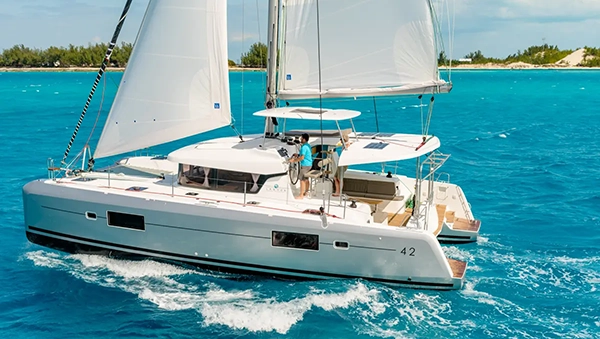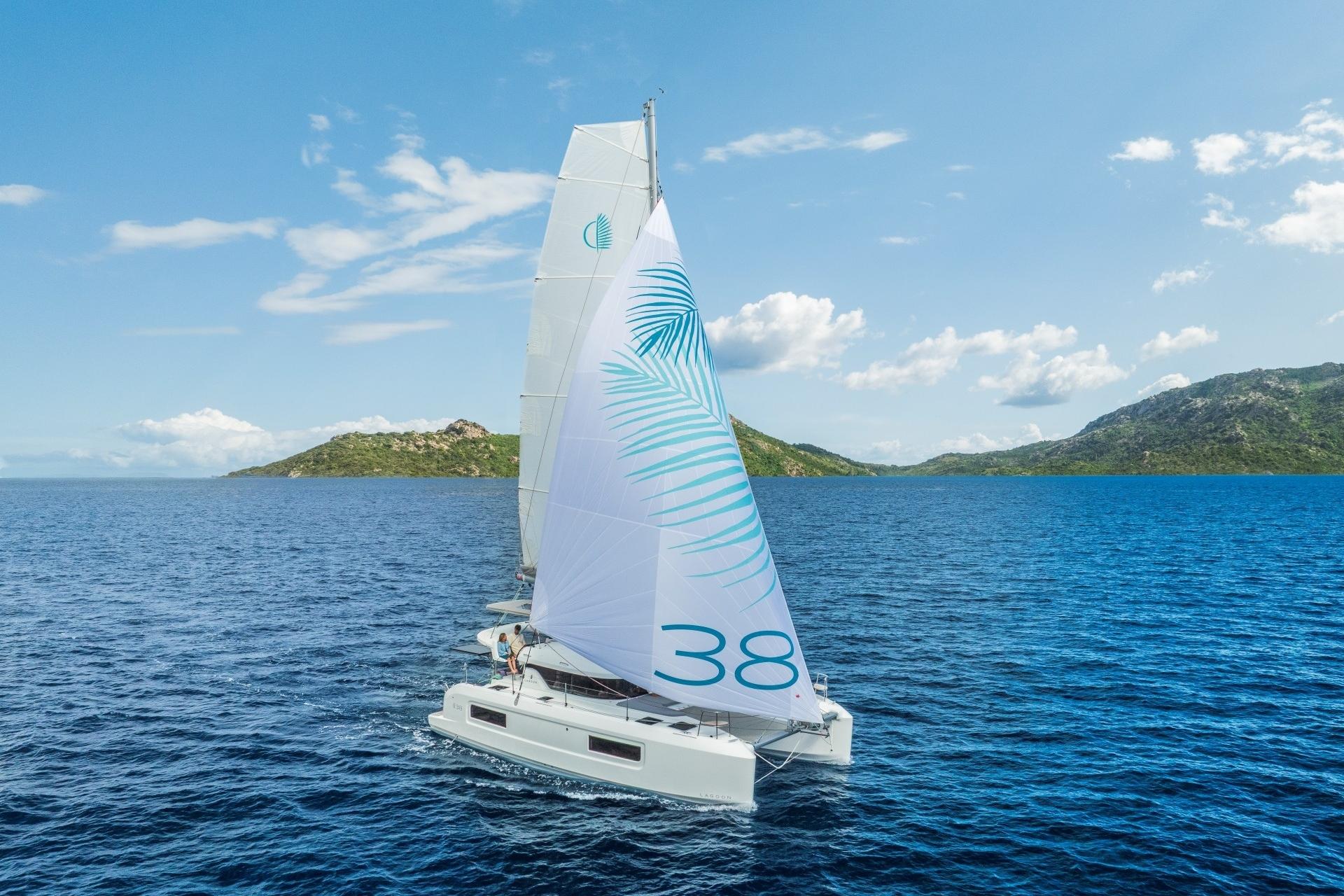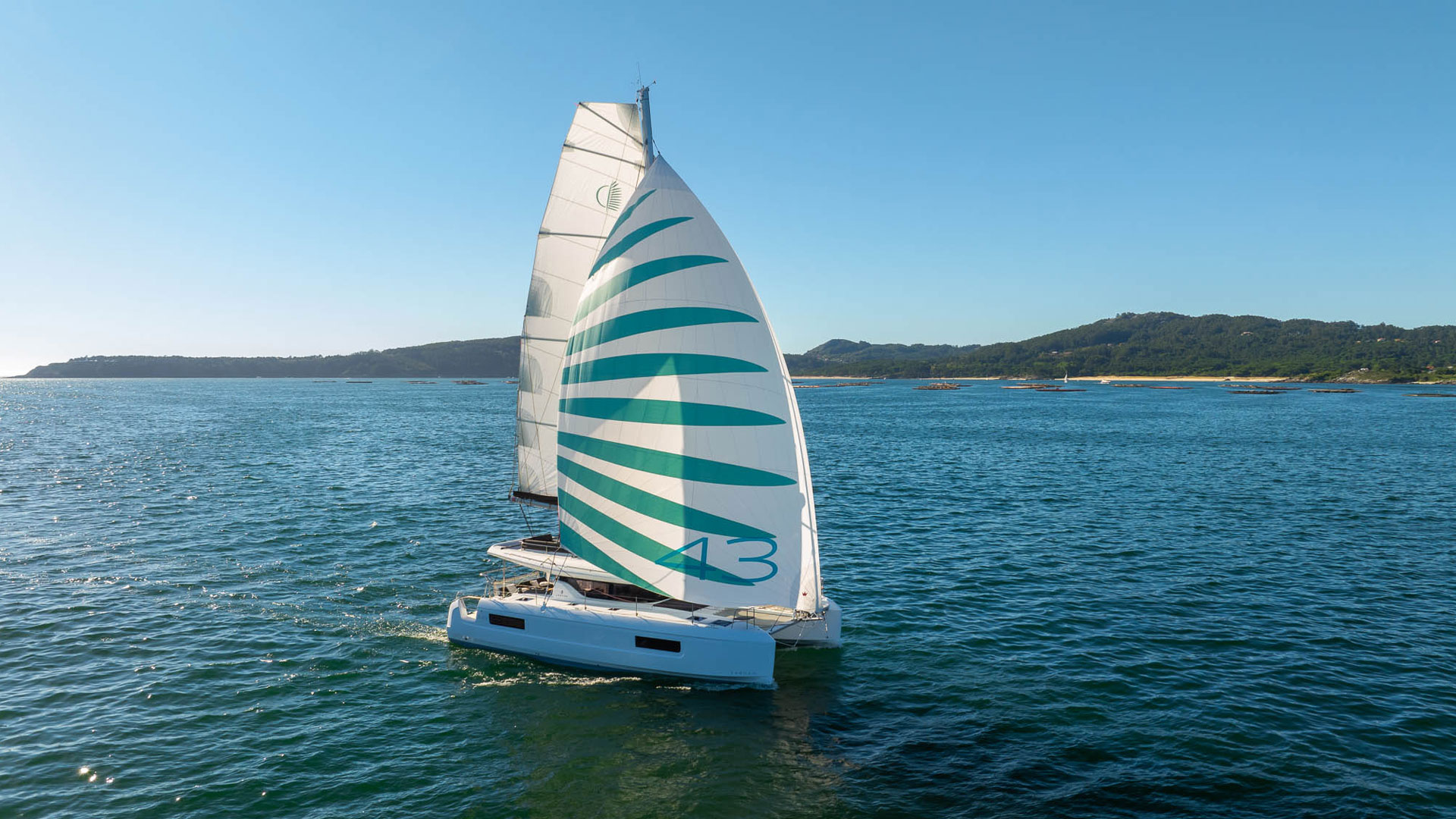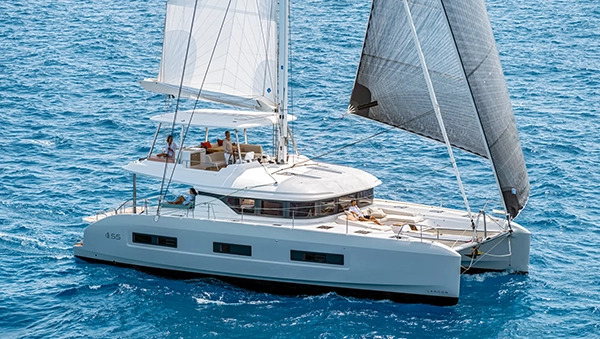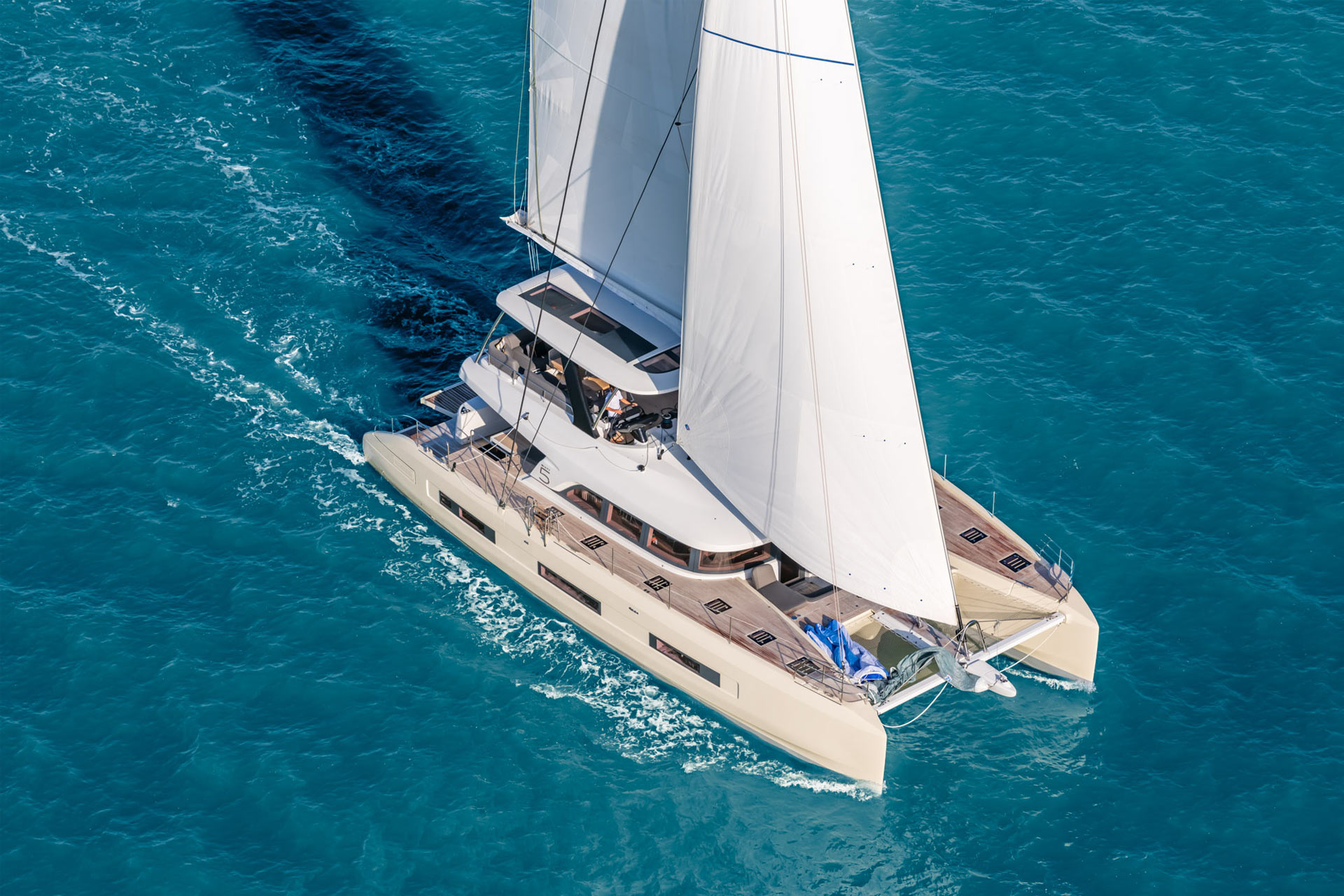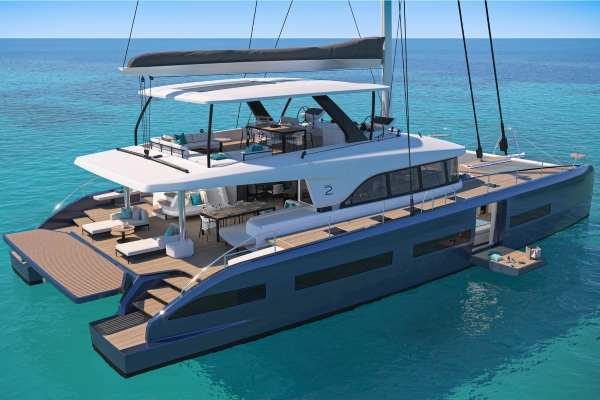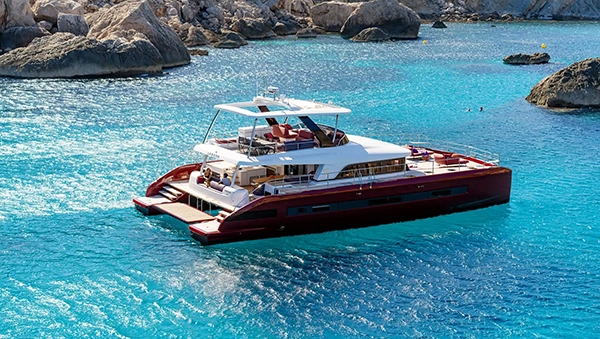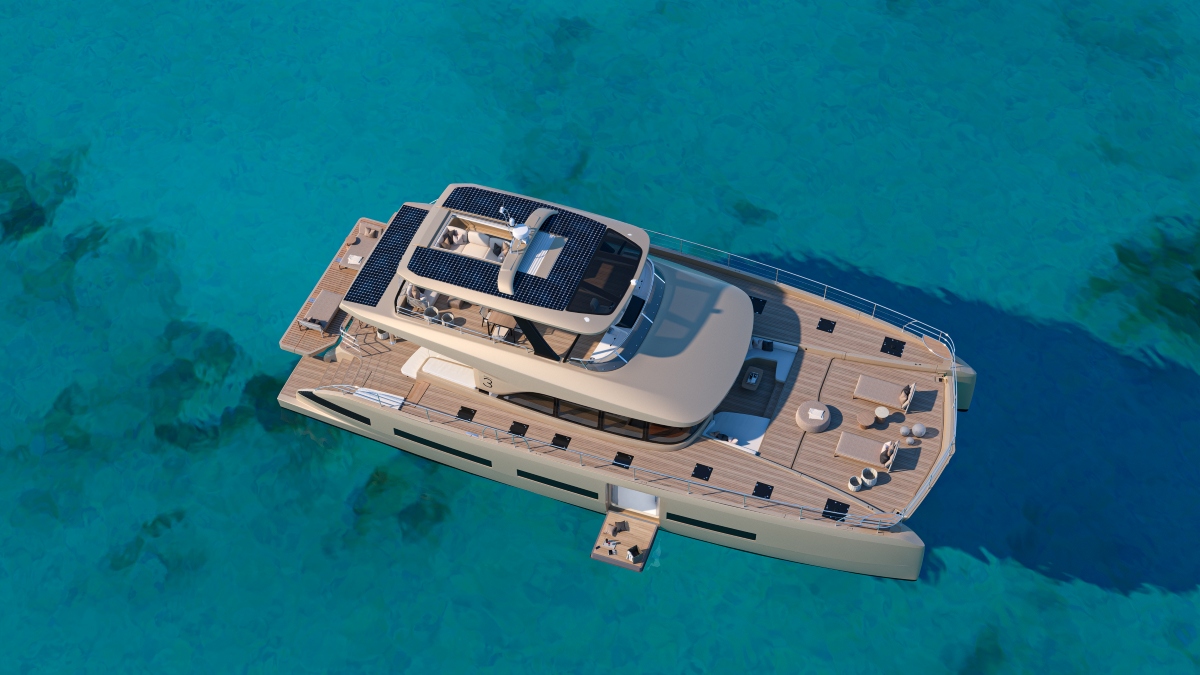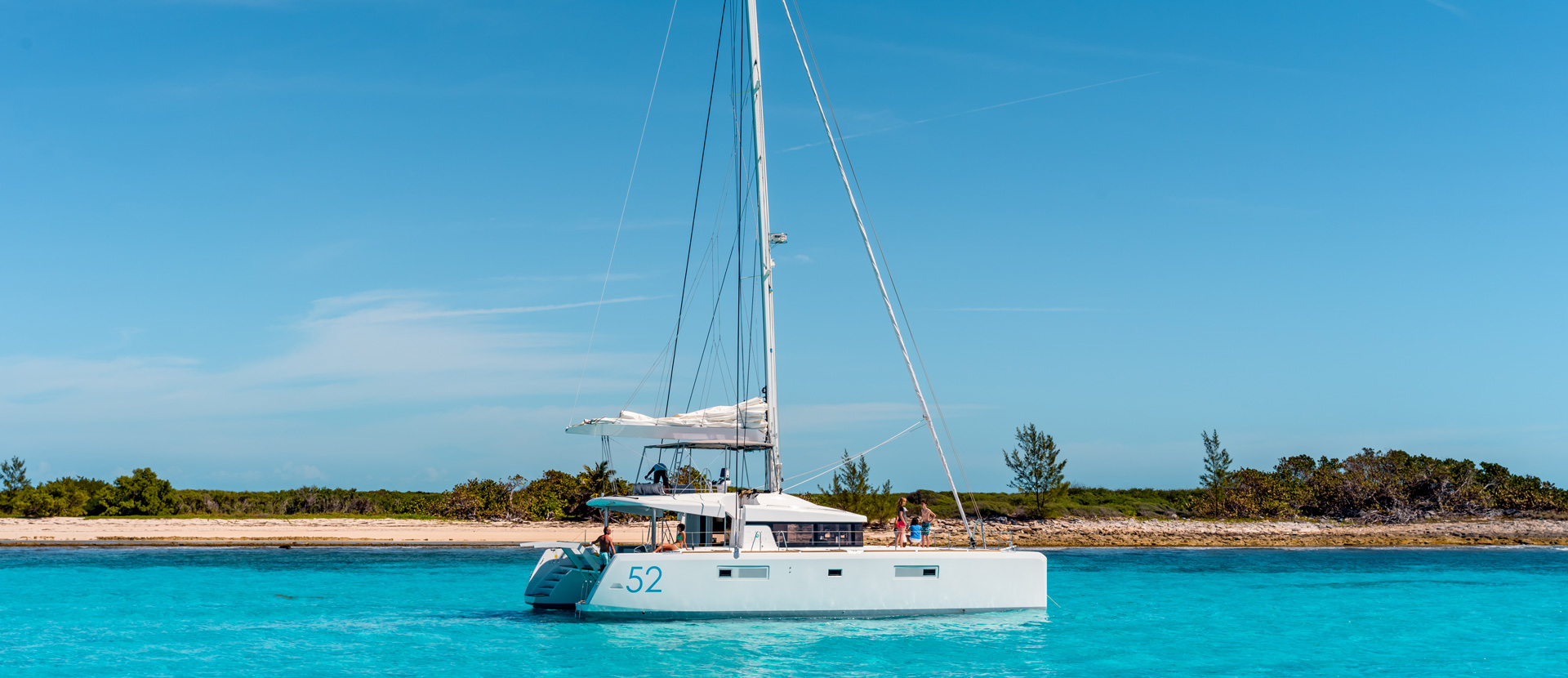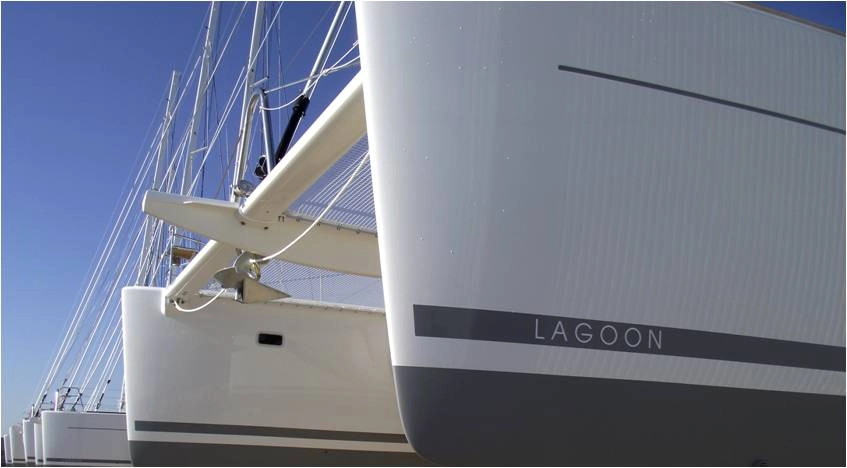Some tips for winterizing your Lagoon
It is approaching, the weather is getting warmer… Spring will be here in less than one month. To help you do things the right way, the Lagoon delivery team gives you some tips for the new season and to be complete.
March 3, 2023

